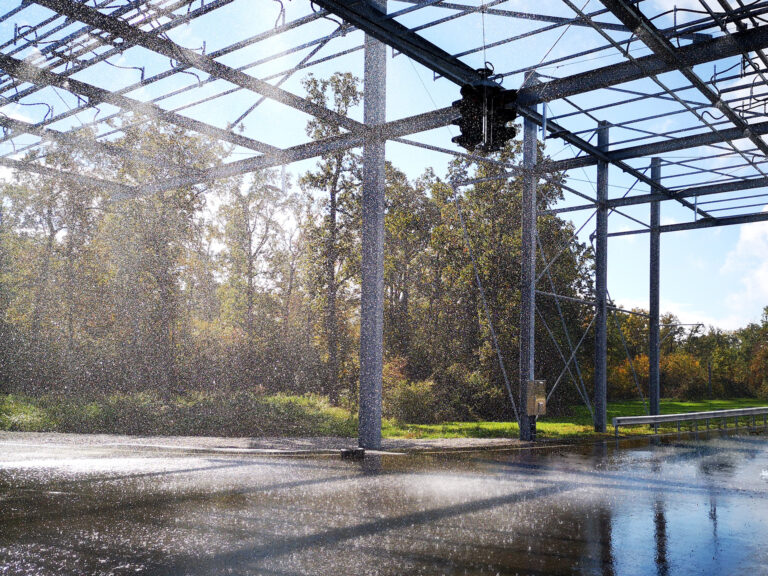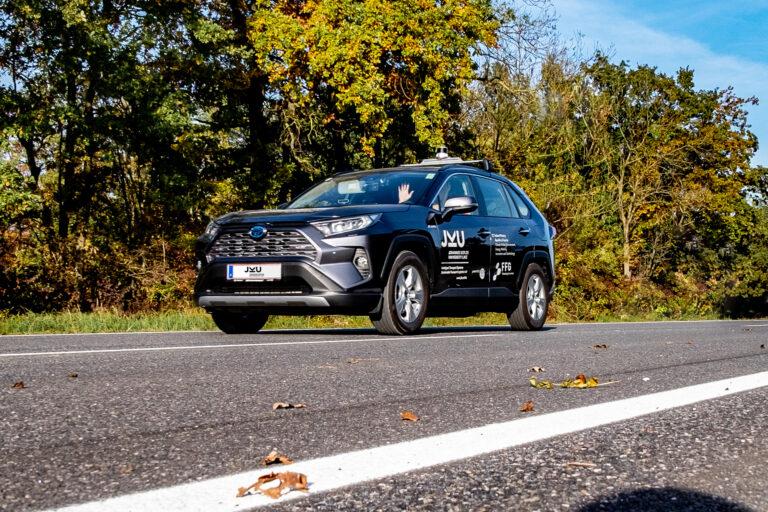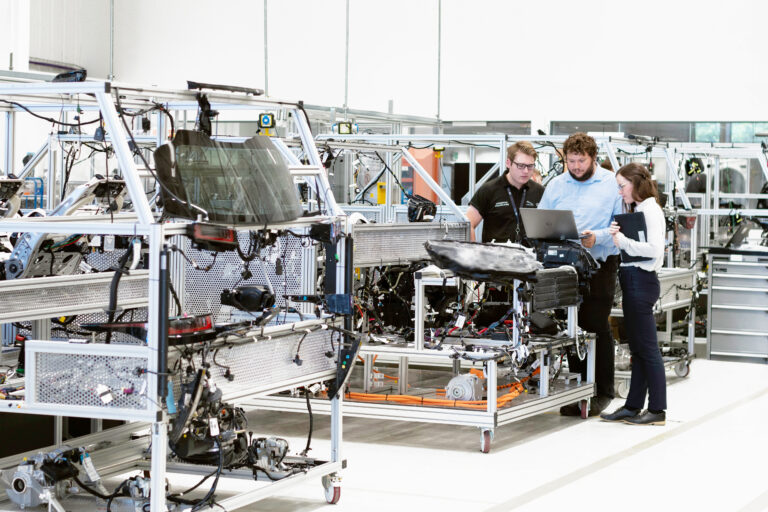Autonomous driving - what exactly is it?
Autonomous driving describes the movement of a vehicle without a driver, i.e. the highly developed systems take over the thoughts and actions of a human driver. As a result, the human driver becomes a passenger and no longer has to intervene.
Basically, there are five different levels of autonomous driving – these describe how advanced the respective vehicle is and how independently it can already drive.
The five levels of autonomous driving
Level 1: Assisted driving
The driver is supported by driver assistance systems, but still bears full responsibility for driving. They must continue to grasp the steering wheel, monitor the surroundings and have control of the vehicle at all times.
Level 2: partially automated driving
The car can temporarily carry out some tasks itself without human intervention. Individual systems are combined with each other, such as the lane departure warning and emergency braking assistant with the automatic distance control system. The driver is still responsible for monitoring the surroundings and must always be able to control the vehicle in the event of a system failure.
Level 3: conditionally automated driving
Here, the vehicle is able to perform certain driving tasks on its own over a certain period of time and under suitable conditions specified by the manufacturer. In contrast to level 2, the driver may temporarily turn away from the traffic and his driving task, but is responsible for controlling the vehicle in the event of a system failure. This level presents the challenge of reacting appropriately if an error occurs or the system fails without having monitored or supervised the surroundings.
Level 4: highly automated driving
The vehicle can already drive completely independently on certain routes and under certain conditions.
Level 5: fully automated driving
The vehicle drives completely independently – the driver no longer needs to intervene. There are only passengers and no more drivers, even on complex routes, the vehicle drives completely independently.
What is the current legal status in Austria?
Autonomous vehicles are currently already being used on public roads for test purposes, for example, but level 3 and 4 autonomous driving functions are not yet permitted as series elements. Due to the legal situation, it is also necessary to always have a so-called safety driver behind the wheel who can intervene in an emergency. An intermediate step towards this method and fully autonomous driving could be so-called “teleoperation”. Teleoperation means operating a system or machine remotely. This means that intervention only takes place when the vehicle sends a “call for help” to the teleoperator.
This could be a promising solution to the current shortage of drivers and pave the way for efficient and safe semi-automated transportation.
What are the advantages of autonomous driving?
Das Projekt schafft einen zusätzlichen Service für die Mitarbeiter. Dies erhöht die Motivation und Zufriedenheit der Mitarbeiter, da sie sich wertgeschätzt und unterstützt fühlen.
The passenger has the journey time at their disposal, so they can continue working on the way home, for example.
Passengers do not have to worry about the current traffic situation or other issues, they can simply sit in the vehicle and enjoy the ride.
The expected improved traffic flow, e.g. through communication between vehicles and with the infrastructure (e.g. traffic lights), results in fewer traffic jams and therefore less fuel consumption. Noise pollution can also be minimized as a result.
This could also be interesting for you
Further Insights

Five reasons why we built an outdoor rain plant for testing autonomous driving functions
Testing autonomous driving functions and their sensors under adverse weather conditions is an important safety criterion for the introduction of automated vehicles in Europe. Learn why it is becoming increasingly important to test these systems systematically and reproducibly.

Initial tests for the recognition of road markings on the Digitrans proving ground in St. Valentin
On the Digitrans proving ground for autonomous driving in St. Valentin, the Chair “Sustainable Transport Logistics 4.0” of the Johannes Kepler University Linz and SWARCO Road Marking Systems were able to carry out the first successful tests for the recognition of road markings.

functional safety of automated driving functions – cooperation with msg Plaut
Digitrans and msg Plaut will cooperate in the field of automated safety and vehicle testing in the future and use the joint network for more extensive cooperations and projects.
